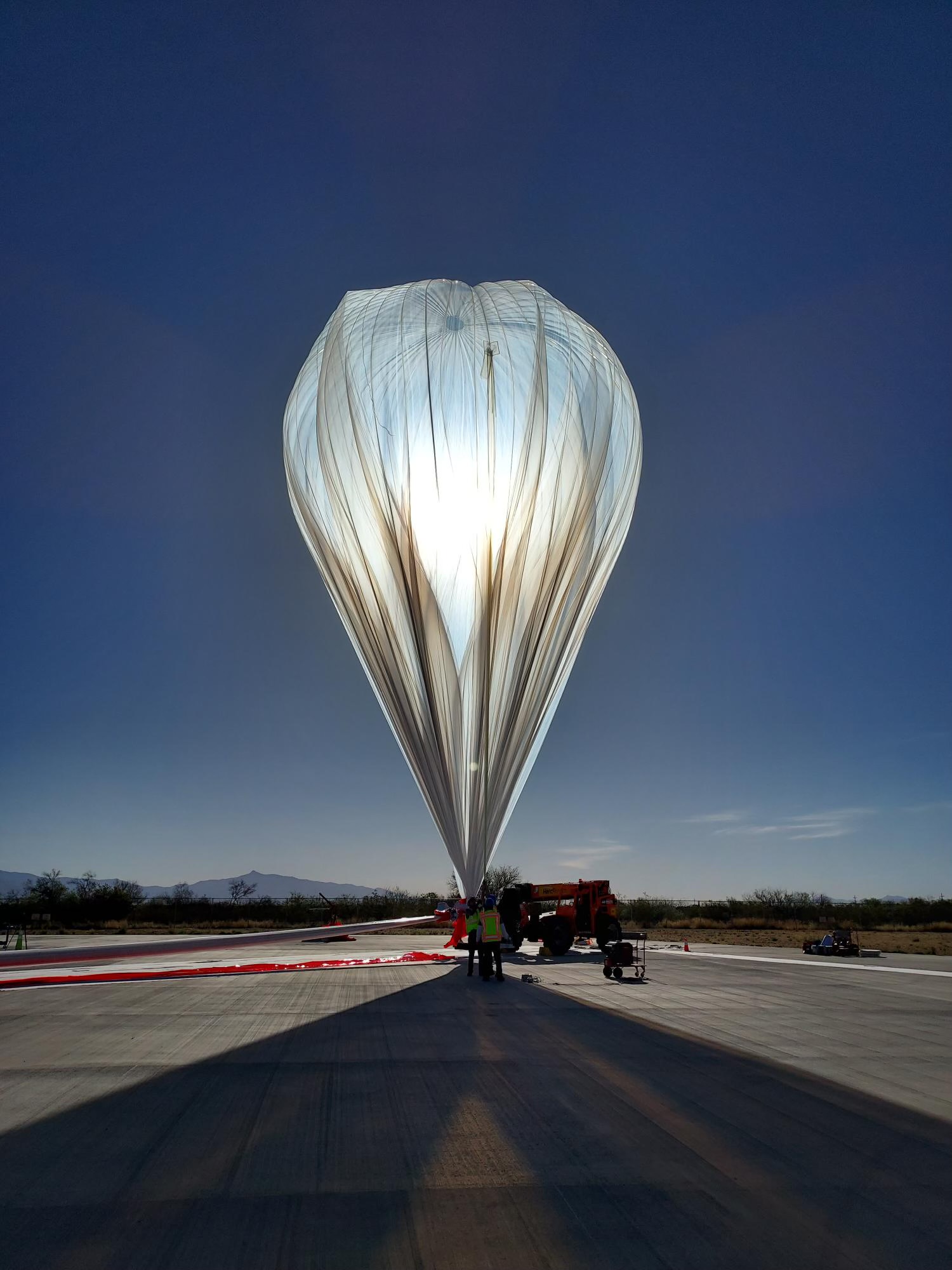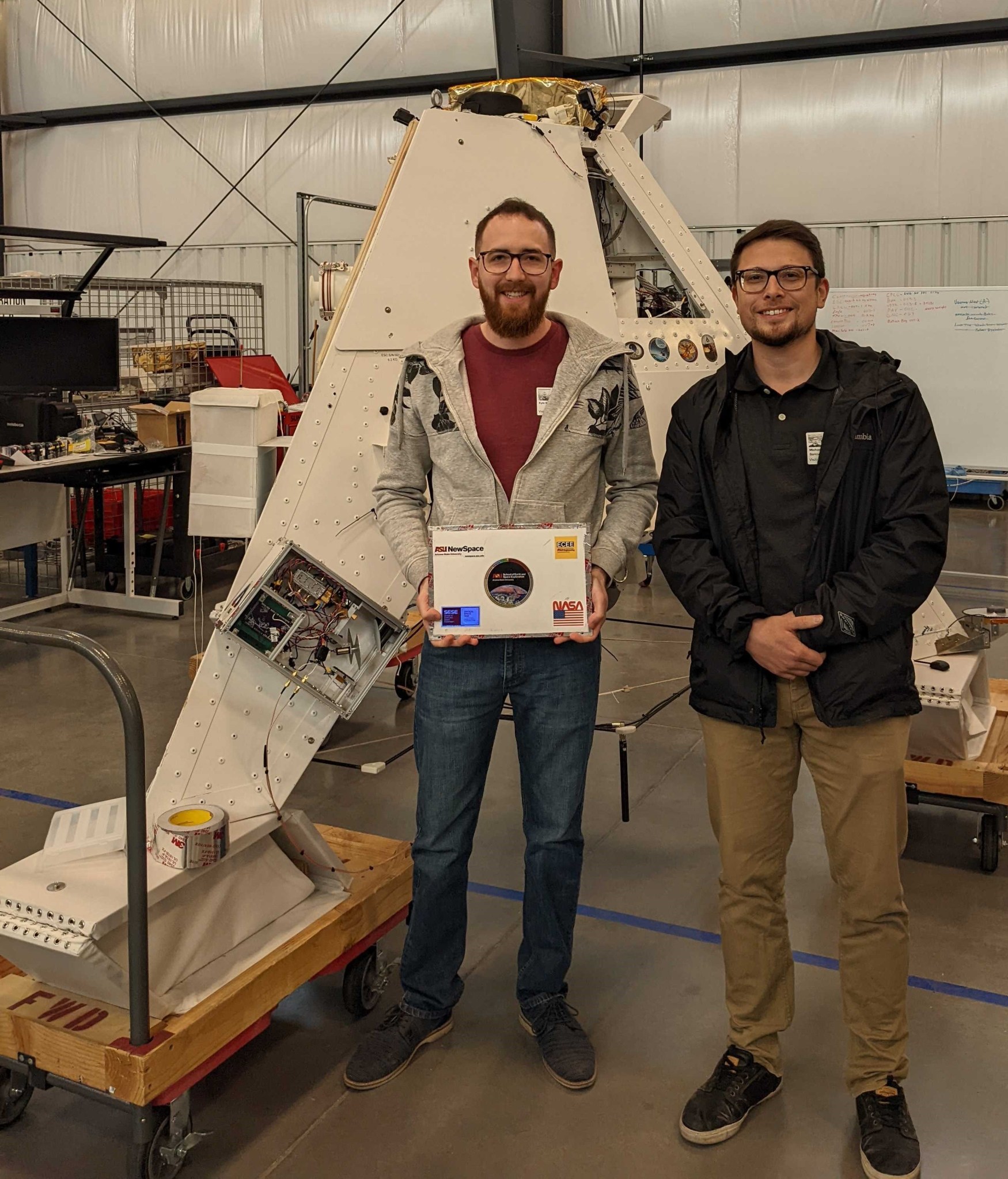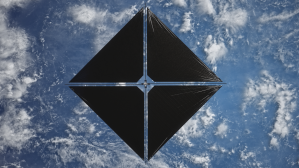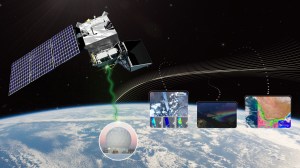Researchers at Arizona State University in Tempe are evaluating a small, lightweight, efficient 3D imaging sensor designed for weather forecasting on consecutive balloon flights made possible by NASA’s Flight Opportunities program. Called CubeSounder, the innovation could benefit future balloon flights and CubeSats by enabling state-of-the-art atmospheric sounding capabilities – a process in which sensors probe the sky vertically for details on temperature, moisture, and water vapor, revealing subtle changes in the Earth’s atmosphere.
The first of the two NASA-supported flight tests for the technology took place April 9-13, 2022, in Tucson, Arizona on a Stratollite® high-altitude balloon from Tucson-based World View Enterprises. The balloon reached a stratospheric altitude of approximately 70,000 feet. Over more than 100 hours of flight time, the CubeSounder collected atmospheric temperature and humidity data as 3D images – data that could ultimately be downlinked at high speeds from CubeSats or weather balloons and compared with that of other weather satellites and ground stations. While this method for weather forecasting and atmospheric data collection is not new, the CubeSounder improves upon current atmospheric sounders by reducing the sensor’s weight, size, and power requirements by about ten times. This could lower the cost of the instruments to make them even more widely available.
Following a “fly-fix-fly” approach – a hallmark of the Flight Opportunities program – the university team next plans to make refinements and any necessary fixes to the sensor’s design before testing an improved version on a second NASA-supported balloon flight later this year.
“Each test flight is a key step on the path toward commercializing the CubeSounder weather imaging technology,” said CubeSounder Principal Investigator Sean Bryan.
Funding for these flights was made possible by NASA’s TechFlights awards. The 2022 TechFlights solicitation for proposals of technologies for flight testing is planned to be released in early May. Interested proposers are encouraged to subscribe to the Flight Opportunities newsletter for updates.
Flight Opportunities is a program of NASA’s Space Technology Mission Directorate.



































